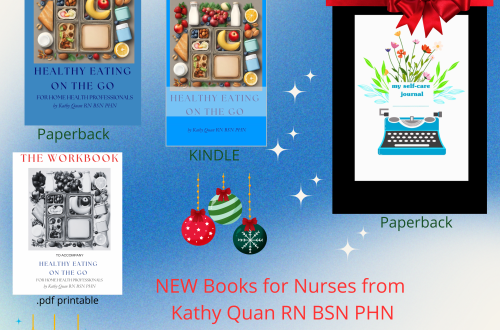Documentation is a common issue for many nurses. It’s an absolute necessity wherever you practice. And we all learned in Nursing 101 that if you don’t chart it, you didn’t do it! It’s a legal issue and it’s a nursing issue for continuity of care.
How often have you gone in to follow another nurse and felt uncomfortable because it isn’t clear in the chart what was done, what was given and/or what education was provided; never mind what the outcomes were?!
Patient safety is left at risk. Precious time is wasted re-inventing the wheel in a system where a shortage of staff can not afford to waste any time! Concise, accurate, effective documentation is an absolute to providing and improving quality patient care.

Yet documentation always seems to be left to the end of the day to record all that transpired and exhausted nurses simply cannot give it their best efforts. That’s just not acceptable!
Yes, the hands on care and teaching you do with every patient is essential to making a difference, but documentation is the glue that holds the case all together. It doesn’t have to be a novel. It just has to tell the story of who, what, when, where, why and how. And that doesn’t have to be complicated.
My specialty is home health and hospice. Recently I published a course on Teachable.com to help skilled home health professionals improve their documentation through a process that makes it easy to identify key elements that MUST be in the documentation.
The course includes information about the Basic Requirements and how to ensure they are met. And then there are 4 case studies to review for examples to learn the process. It can be taken as an individual or an annual fee basis is available for agencies to use as part of their staff education curriculum. I hope you’ll check it out and find it helpful in your practice.
Watch for more courses coming soon.


